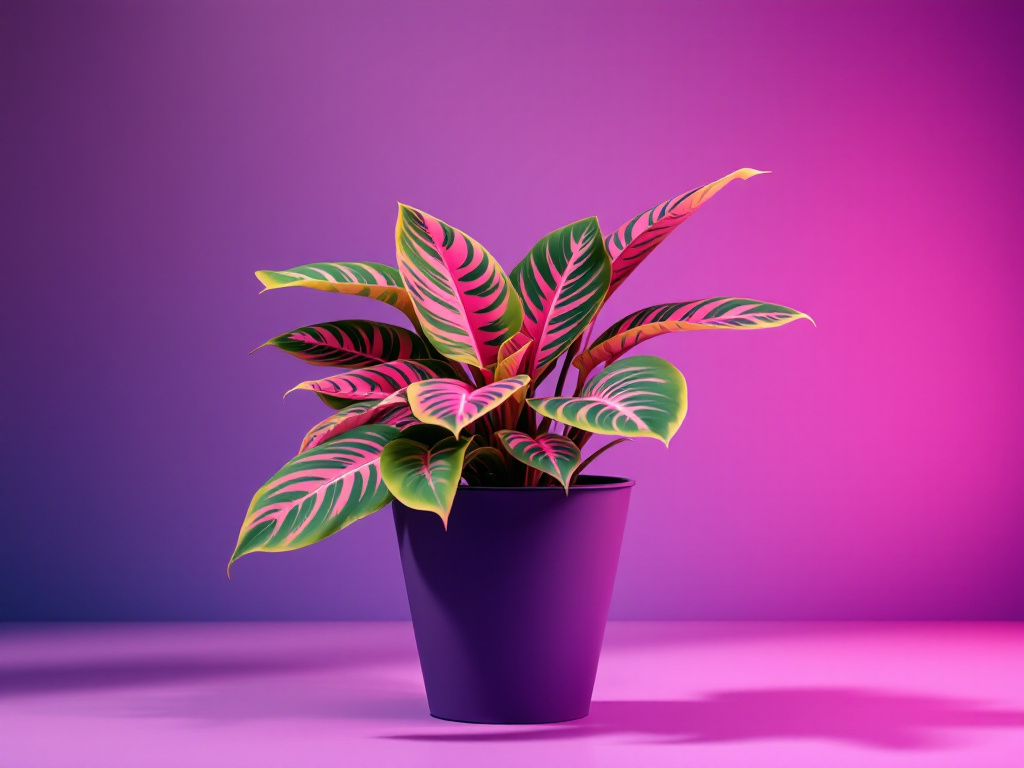Image generated by flux-ai.io & content generated by ChatGPT Version 4o-mini
Bringing Beautiful Calatheas Home: A Guide for Clay County Residents
Residents of Clay County, Florida, have likely noticed the vibrant and unique plants known as Calatheas adorning homes and businesses. Recently, researchers Jianjun Chen and Dennis B. McConnell published a study that sheds light on how to cultivate these stunning plants successfully. Let’s explore their findings and how they might inspire local gardeners and plant enthusiasts here in Clay.
What is a Calathea?
Calatheas are tropical plants that belong to the Marantaceae family. Known for their eye-catching leaves, which can be smooth or hairy and come in various colors and patterns, they’re often used as ornamental plants. While they originally hail from Central and South America, their beauty has made them a favorite in homes across the U.S., including right here in Clay County.
Why Should You Care?
If you’re a resident of Clay, you might be interested in adding some greenery to your home or workplace. Calatheas not only brighten up a space but also help improve indoor air quality. Plus, with their vibrant patterns, they can be the perfect conversation starter or a lovely addition to a family gathering.
Key Findings from the Study
-
Growing Conditions: For those looking to grow Calatheas, it’s essential to understand their needs. These plants thrive in shaded environments—think of how a canopy of trees provides shelter on a hot summer day. They prefer temperatures between 70°F and 90°F, making them a great choice for indoor growing in our warm Florida climate.
-
Watering and Humidity: Calatheas enjoy high humidity, which is something we can often find in our humid Florida summers. The researchers recommend keeping the relative humidity between 50% and 100%. This means you might want to mist your plants regularly or place them in naturally humid areas like bathrooms.
-
Soil and Fertilization: The study emphasizes using a special potting mix, typically made from peat and pine bark, which helps retain moisture without becoming soggy. Fertilizing is also crucial, and the researchers suggest using a balanced fertilizer to ensure the plants get the nutrients they need.
-
Common Issues: Like any plant, Calatheas can face challenges. The study outlines problems such as leaf spots and wilting. For example, if you notice dead spots on the leaves, it might be due to high levels of fertilizer. Understanding these issues can help you take better care of your plants and keep them healthy.
Local Relevance
With Clay County’s interest in agriculture and natural resources, the cultivation of Calatheas presents an exciting opportunity for local gardeners. Whether you are part of a 4-H club or simply enjoy gardening on your own, these plants can be a fun project. They can also attract attention at local farmers’ markets or gardening clubs, showcasing the beauty of tropical plants in our community.
Final Thoughts
As you consider bringing Calatheas into your home, remember that they require a little extra care, but the reward is worth it. Their stunning appearance can transform any space and connect you with the lush beauty of tropical flora. Whether you’re a seasoned gardener or a newcomer to plant care, the insights from this study can help you cultivate a thriving indoor oasis right here in Clay County.
So, grab your pots, find a shady spot, and start your journey into the enchanting world of Calatheas!
References
ENH1030/EP285: Cultural Guidelines for Commercial Production of Interiorscape Calathea. (n.d.). Ask IFAS – Powered by EDIS. https://edis.ifas.ufl.edu/publication/EP285

